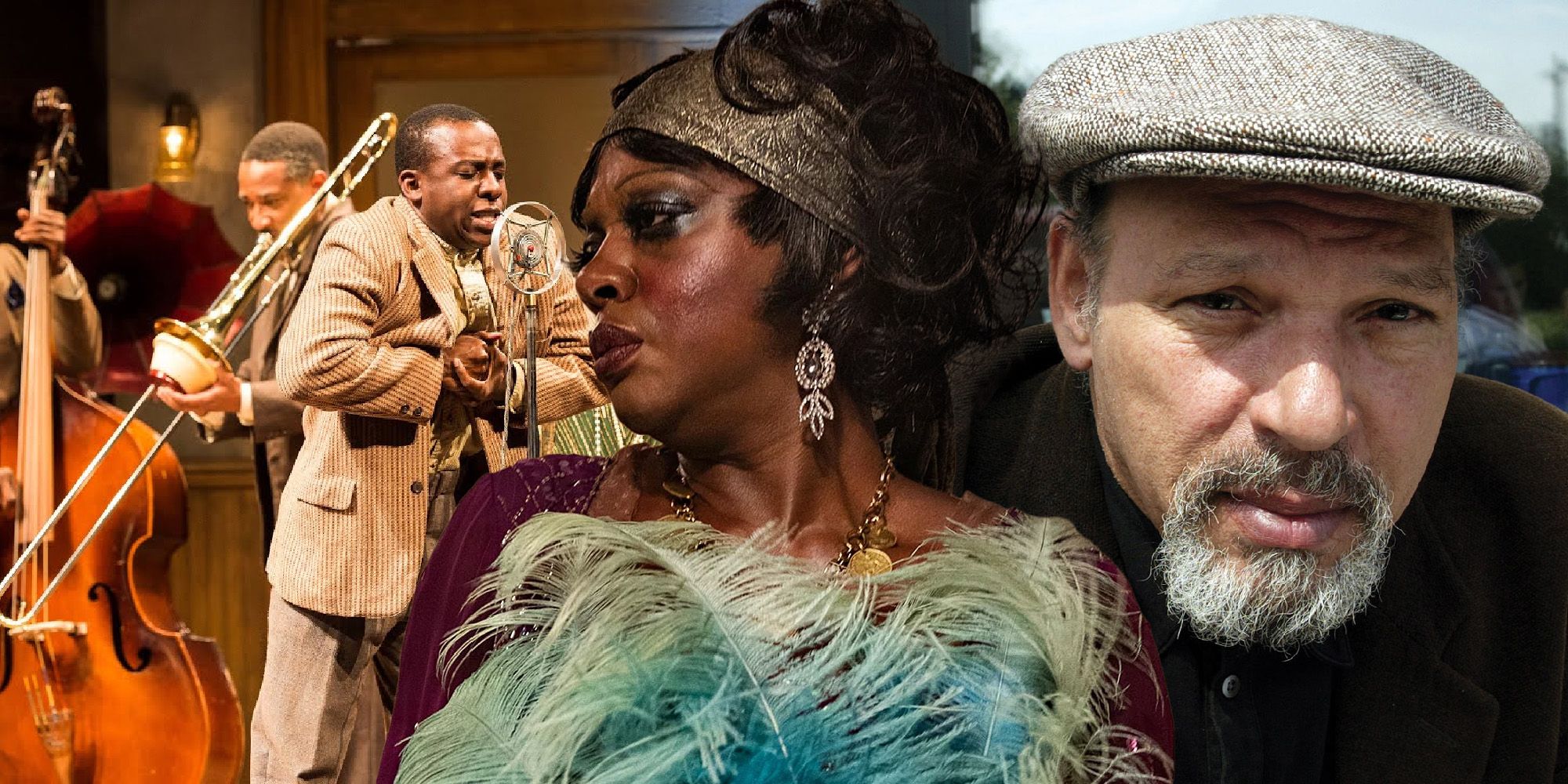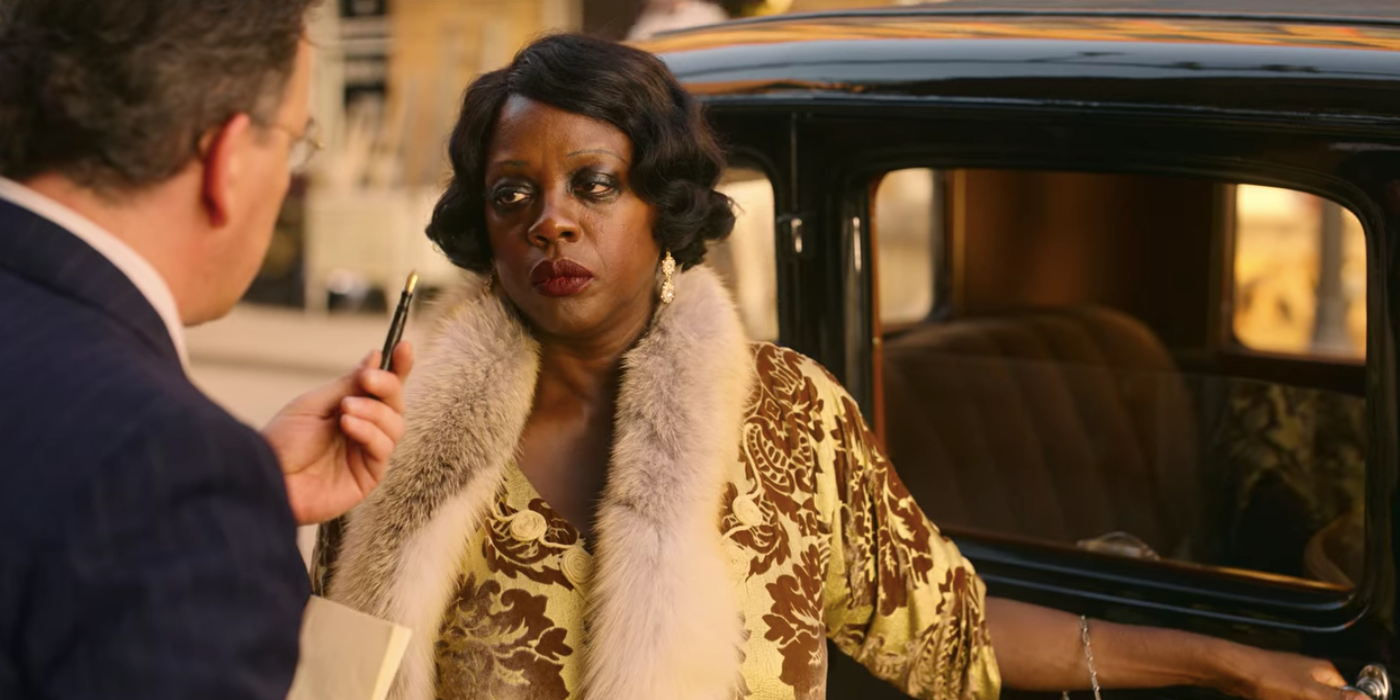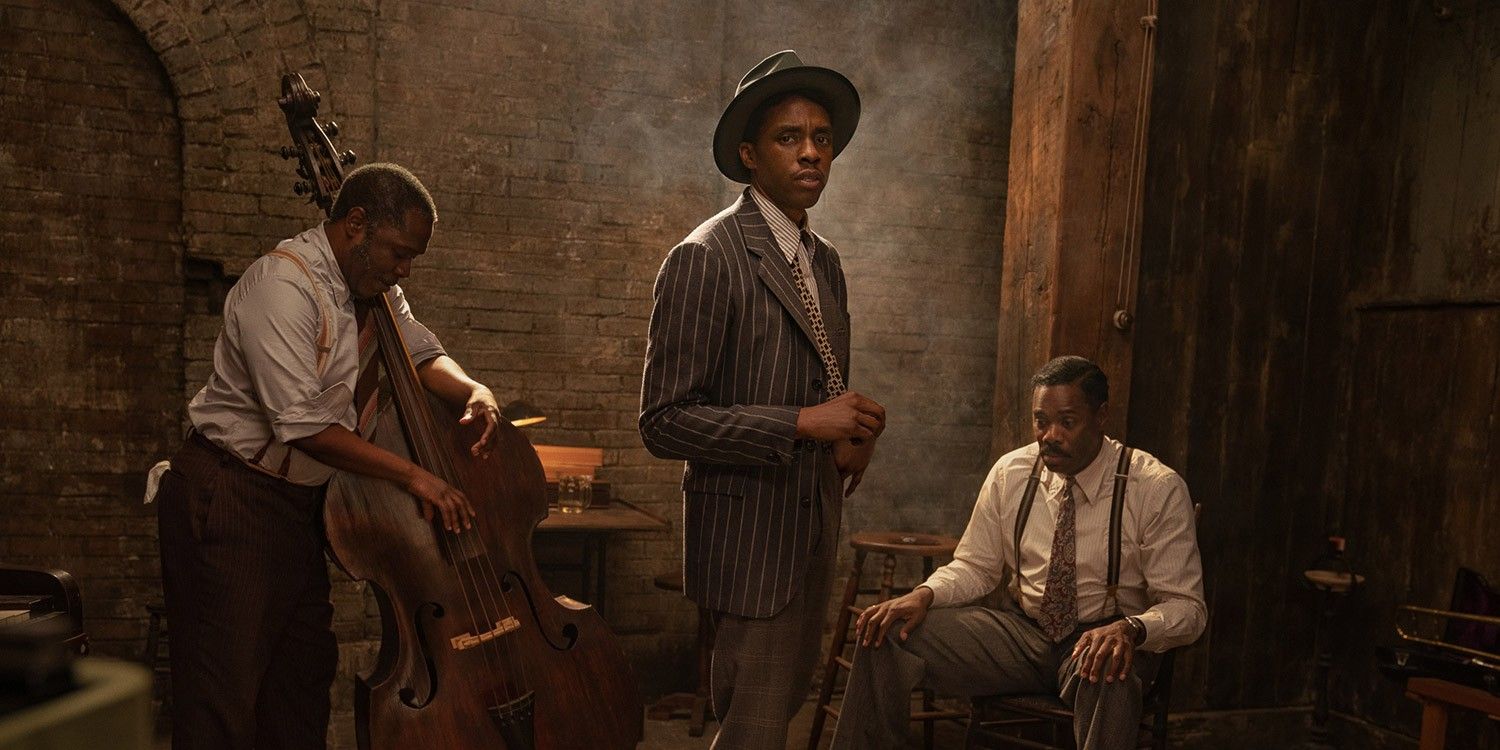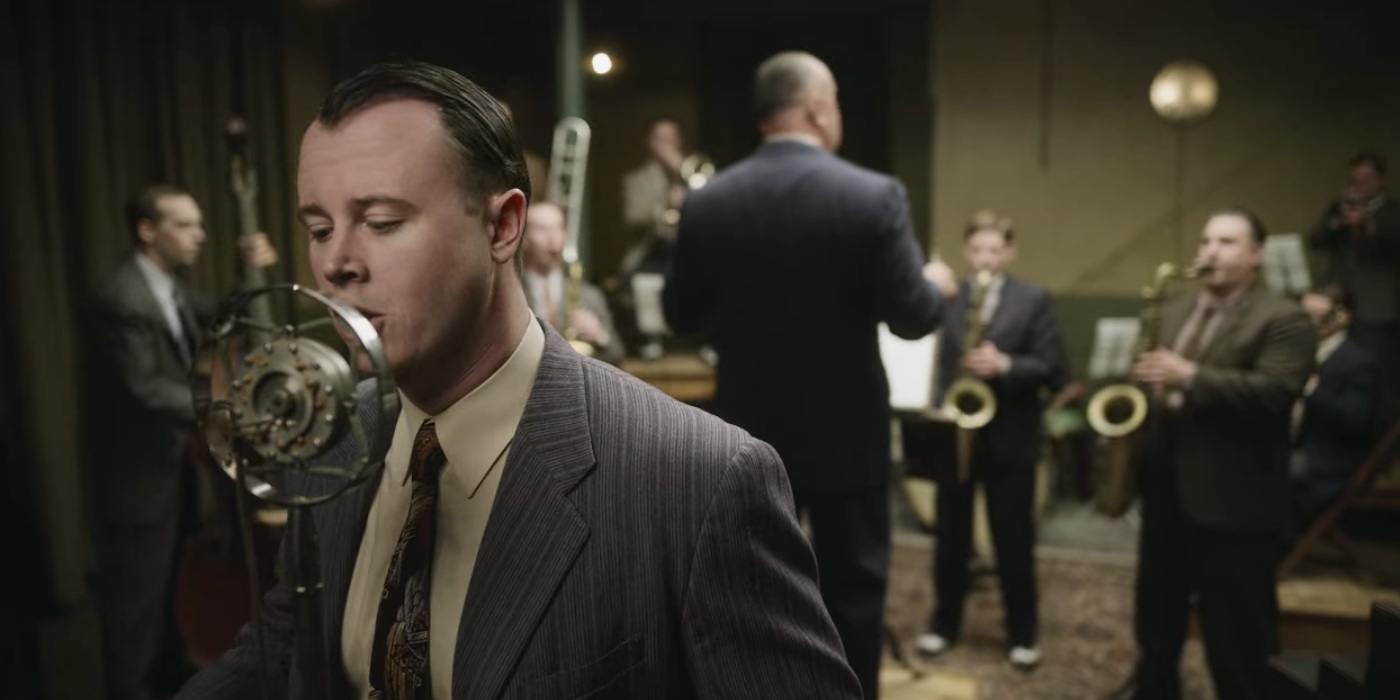When Ma Rainey's Black Bottom made its way into the homes of millions December 18 via Netflix, it introduced a whole new audience to the work of esteemed playwright August Wilson. The Pittsburgh native made a name for himself chronicling with poignant flourish the Black experience in the United States, earning the distinction of being called the "Theatre's Poet of Black America." And the 2020 film adaptation of his 1984 stage production does justice to his rich and soulful vision while making some prudent changes in adapting this vital work to the medium of cinema.
Wilson inspired many with his dextrous realizations of such themes as race relations, migration, exploitation, and identity. His most notable achievement, his "Pittsburgh Cycle," was a series of 10 plays produced between 1982 and 2005 which aimed to immerse audiences in the vibrant communities and lively language of Black America while raising awareness of injustices indigenous to the territory. In the years since Wilson's death in 2005, Denzel Washington, himself a tremendous fan of Wilson's oeuvre, has made it his mission to shepherd Wilson's Pittsburgh Cycle to the film and expose new swaths of viewers to the magic which had so enamored him on the stage.
In 2016, Washington broke ground on his 10-film ambition with the release of Fences, in which he served as producer, director, and leading man. The film was received with ample acclaim for its performances, setting the stage for future works. In 2020, producer Washington enlisted the help of established stage director George C. Scott to bring to life the next of the Cycle on celluloid: Fences' fellow 1984 release Ma Rainey's Black Bottom. The story embellishes a situation in which foundational blues singer Ma Rainey and her accompanying band, featuring an aspirational lead trumpet, commit her iconic tunes to wax in the 1920s. Wilson uses this scenario to explore themes of Black creative exploitation and discrimination, and an all-star cast makes the 2020 adaptation a fitting swan song for the late, great Chadwick Boseman. But as with any adaptation, differences emerge between the source material and the resultant work. Let's take a look at what changed between the 1984 play and the 2020 film.
The Movie's Settings are More Varied
When making the transition from the stage to the expansive world of the movies, the most pertinent structural change is setting. Whereas stage productions have to put in spectacular effort to dramatically shift the scenery, a simple cross-dissolve or cut does the trick in the magical medium of films. As such, audiences' expectations differ. When folks sit down in the theater for a stage production, they can expect to enjoy creative scene changes executed by stagehands cloaked in black, or understand that they are being asked to suspend their disbelief in immersing themselves in a place or situation as rendered in proscenium style. But when watching a movie, viewers have no such impetus to extend courtesy to a film that plants its camera in a single room for hours on end.
And so, to provide varied visual interest, Wolfe takes the camera on a journey early in the film. It follows young Black men running through a forest, later seen to be clamoring for a sight of one of Ma Rainey's rustic tour performances. It follows Chadwick Boseman's Levee as he walks the streets of downtown, eyeing a pair of fine yellow shoes while white folks eye him suspiciously in the background. It follows every nook and cranny of the recording studio, the space in which the bulk of the stage play resides: the rehearsal room and its locked rear chamber, the various hallways and stairways, the alley entrance, the mixing booth, and of course the performance space. There's even get a brief look into an unwelcoming corner store while venturing for some ice-cold cokes.
The Movie Cuts Dialogue from the Two and a Half Hour Play
Clocking in at a brisk 94 minutes, the Netflix film couldn't be reasonably expected to maintain all the frills and features which lend the two-and-a-half-hour original its color. Notably, Slow Drag's contributions are trimmed significantly. The most rustic of the band members in Ma Rainey's Black Bottom, the story of how Slow Drag got his name and his endearing closeness with Cutler are unfortunate casualties of the adaptation process, leading to a darker early part of the film absent some of the jovial banter from the play. In one specific instance, at the end of Act I, Levee has just laid his soul bare in a stirring monologue regarding how he deals with the white man and his brutal origin story. In the film, Toledo answers this with a pensive retort on the keys, but in the play, Slow Drag's response takes the form of a few notes on the bass, accompanied by the evocative statement: "If I had my way, if I had my way, if I had my way, I would tear this old building down.”
The Movie Adds an Additional Scene to the Ending
But perhaps most notable of the changes come in the form of the film's poignant ending. The stage version of the story concludes after Levee, enraged at his rejection by Sturdyvant, fatally stabs Toledo, bringing the sweltering story of Black frustration at white-perpetrated injustice to a heated climax. In the Netflix film, however, George C. Wolfe and writer Ruben Santiago-Hudson follow the theme to an additional conclusion. After Levee has gashed any hope of a future for himself, salt is further rubbed into the wound as Sturdyvant - who had just refused Levee his opportunity to play his songs - records those very songs he described as "not what we're looking for" with an all-white band. While this addition didn't originate in the play, it follows the path laid by August Wilson to its logical conclusion, doubling down on themes of injustice towards and exploitation of the Black creative in America which the stage production so keenly espoused upon.
And in the end, changes made in the film's adaptation process are not necessarily to be lamented. Clearly, the additional settings, Levee's symbolic struggles with the locked backdoor, and the white band coda make for valuable additions, while the unfortunate trimmings of certain indulgent moments of dialogue help to streamline this narrative for the cinematic medium. Ultimately, Ma Rainey's Black Bottom makes for a successful adaptation of the play, a descendent of which its originator August Wilson would be proud.




